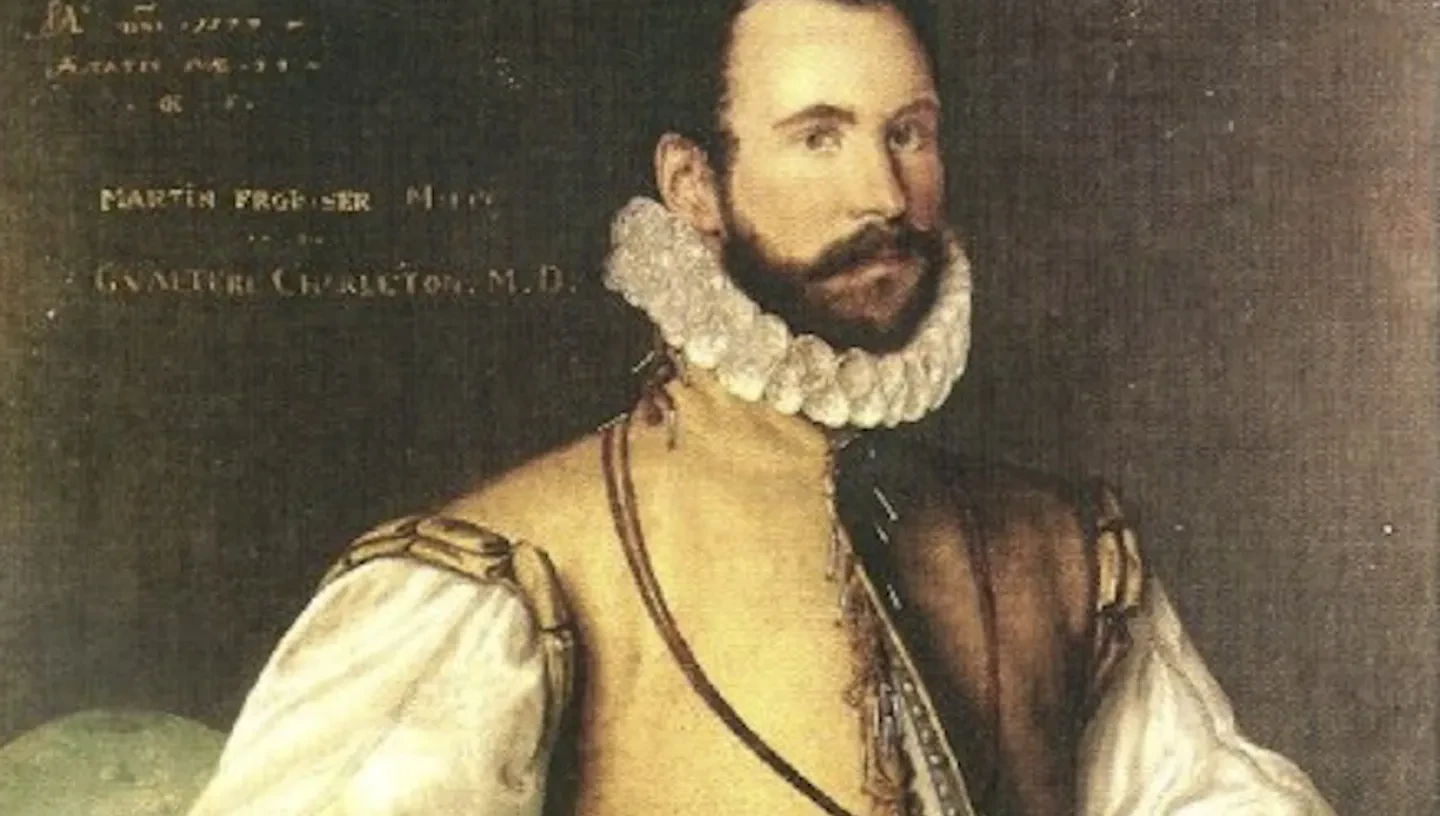
It took Frobisher five years to raise the funds for the project, eventually convincing the Muscovy Company, an English merchant consortium keen to discover the North-West Passage for trade purposes, to license the expedition. He made three attempts in all, reaching north-east Canada each time.
On his first voyage, Frobisher reached Resolution Island, one of the many uninhabited Canadian arctic islands, and thought he might have found the entrance to the passage. Instead, he discovered a bay on the south of Baffin Island, now known as Frobisher Bay. On this trip he ran into trouble with native Inuit who kidnapped five of his men: they were never seen again.
Frobisher did not return to England empty-handed. Included in the items he brought back was a piece of black stone ‘as great as a half-penny loaf’, which upon examination in London was thought by some to contain gold.
Second and third voyages
The potential discovery of gold was enough for Frobisher’s backers to fund more voyages. On his second voyage in 1577 Frobisher returned with 200 tons of ore, which turned out to be worthless. Undeterred, a third voyage with a small armada of ships was sent the following year returning with over a thousand tons of ore. Specially built furnaces at Dartford revealed, however, that Frobisher’s fleet had brought back nothing more than ‘fool’s gold’ (iron pyrites, which appear as brassy, yellow, cubic crystals).